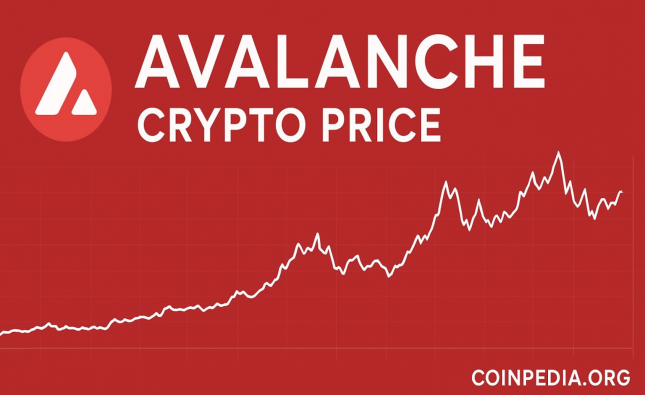
As the world continues to transition to renewable energy sources, one crucial question remains: how will Europe and China shape the global energy markets in 2021? The answer lies in a combination of policy decisions, investments, and technological developments from both regions. This blog post will provide an overview of the current situation and examine how they are likely to shape the energy industry this year. We’ll also explore Woodside’s role in Europe and China’s energy plans, and what it means for other players in the energy sector.
European and Chinese energy policies
Woodside, an Australian energy company, believes that Europe and China will be the key drivers of energy market change in the coming years. The company has identified four main trends that it believes will shape the future of energy markets:
The decarbonisation of the global economy
The growth of renewable energy
The rise of electric vehicles
The digitalisation of the energy sector.
Woodside believes that these trends will have a profound impact on energy markets around the world, and that Europe and China will be at the forefront of this change.
Decarbonisation is a major challenge for the global economy, and one that Woodside is committed to addressing. The company has set a goal to reduce its greenhouse gas emissions by 30% by 2030, and is investing in low-carbon technologies such as carbon capture and storage. Woodside is also working with governments and other stakeholders to promote policies that support the transition to a low-carbon future.
The growth of renewable energy is another key trend that is shaping energy markets. Woodside is investing in renewables such as solar, wind and geothermal power. The company is also working to develop new technologies that can make renewables more efficient and cost-effective. In addition, Woodside is collaborating with partners to build a better understanding of how renewables can be integrated into existing energy systems.
The shifting energy landscape
Europe and China will continue to shape energy markets in the coming years as the world transitions to a low-carbon future. Europe is leading the way in this transition, with a number of countries setting ambitious targets for renewable energy and electric vehicles. China is also playing a major role, investing heavily in clean energy technologies and becoming the world’s largest market for electric vehicles.
The impact of COVID-19 on energy markets
The COVID-19 pandemic has had a significant impact on energy markets around the world. In Europe, demand for oil and gas has fallen sharply as businesses close their doors and people stay home. This has led to a sharp drop in prices, with Brent crude oil falling from over $60 per barrel in January 2020 to just over $30 per barrel in April 2020.
In China, the situation is different. The country was hit hard by the pandemic in the early months of 2020, but has since bounced back. Its economy is now growing at a fast pace and its demand for energy is rising. This has helped to push up global prices, with Brent crude oil rising from around $40 per barrel in May 2020 to over $60 per barrel in August 2020.
Looking ahead, it is clear that the pandemic will continue to have an impact on energy markets. In Europe, demand is likely to remain weak as businesses struggle to recover from the crisis. In China, however, demand is expected to continue to grow strongly as the country’s economy continues to expand.
What to expect in 2021
In 2021, we can expect Europe and China to shape energy markets in several ways. First, Europe is likely to lead the world in electric vehicle sales, with China following closely behind. This will have a major impact on oil demand, as electric vehicles displace gasoline and diesel cars. Second, China is expected to continue its rapid growth in renewable energy capacity, with solar and wind accounting for the vast majority of new installations. This will put downward pressure on prices for both technologies and increase competition in the global market for renewables. Third, the European Union is likely to implement its long-awaited carbon trading system, which will create a price signal for carbon dioxide emissions and spur investment in low-carbon technologies. Finally, natural gas prices are likely to remain volatile, due to continued uncertainty around Russian export volumes and changing global demand patterns.
Conclusion
In 2021, energy markets will be shaped by the actions of Europe and China. Woodside’s investment in LNG terminals is a sign that Europe is looking to become more energy independent, while Chinese demand for renewable resources could lead to long-term opportunities. With both continents working towards their own goals, it’s important that companies are aware of potential changes in order to exploit them successfully – otherwise they may be left behind. Even though some uncertainties remain as we enter 2021, with careful foresight and analysis market players can seize new commercial opportunities as they emerge this year.










